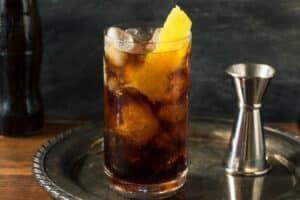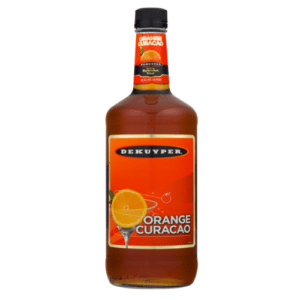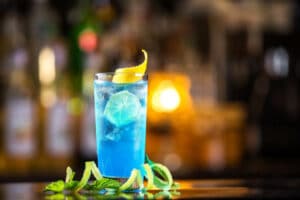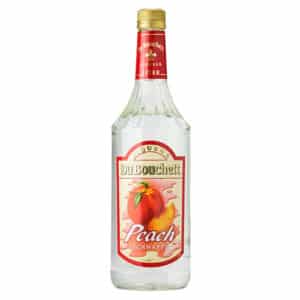Prosecco is one of the most popular wines — so much so that a few years ago, there was a concern over a Prosecco shortage in the UK, leaving millennials wondering what exactly they would drink at celebrations.
The good news is that several sparkling alternatives can replace Prosecco — from Anna Cava and Michelle to Conquilla and Gruet Brut. Here are the five best Prosecco substitutes to enjoy.
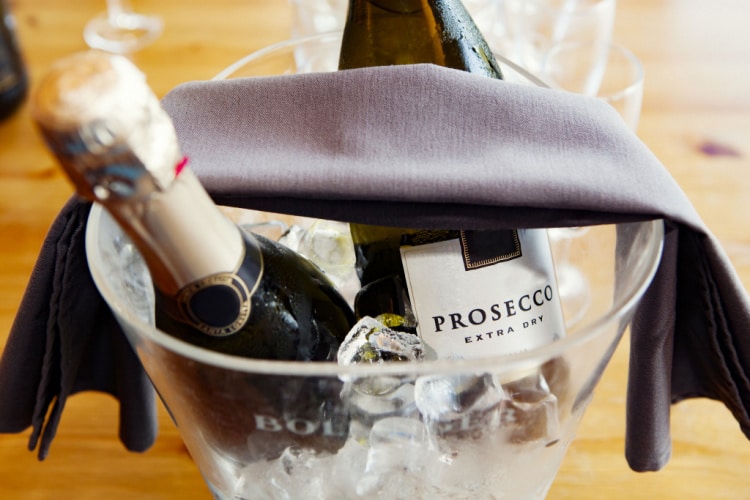
Prosecco Alternatives
- Anna Cava
- Michelle
- Conquilla Brut
- Gruet Brut
- Champagne
1. Anna Cava
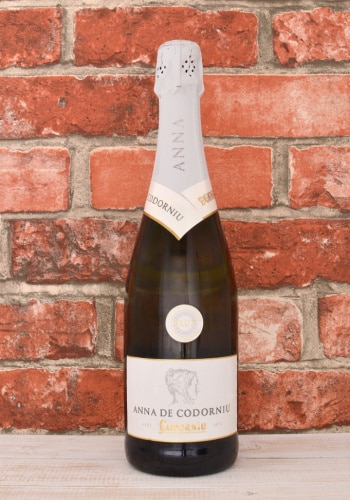
Anna Cava is brut sparkling rose wine from Penitas, Spain. It’s produced by the oldest family wine company in the world — they’ve been doing this for over 460 years, so they should have a pretty good idea of what they’re doing, right?
Anna Cava is a delicate wine with a cherry color and fine, persistent bubbles. In sparkling wines, these bubbles are known as “the mousse” because they bubble up. It is elegant and light on the palate. Anna Cava is a 70/30 mix of Pinot Noir and Chardonnay.
It tastes like strawberries and cherries and gives off hints of green apple and orange — a combination of acidity and sweetness with a crisp aftertaste.
2. Michelle
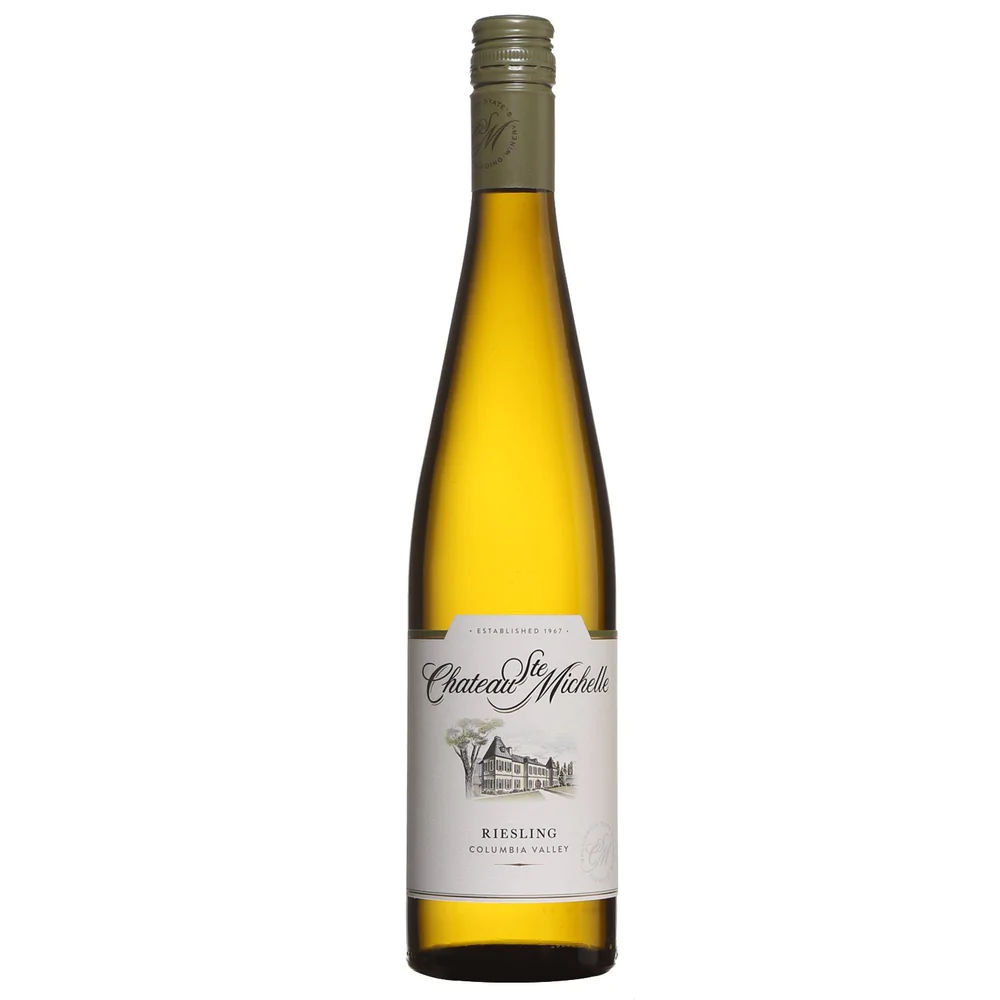
Michelle is a non-vintage sparkling wine from Columbia Valley, Washington. It’s a brut sparkling wine, meaning it’s not too dry or too sweet.
This palette-pleasing sparkling wine delivers pear, lemon, apple, and citrus notes with a light, toasty finish.
It’s a blend of 63% Chardonnay, 19% Pinot Noir, and 18% Pinot Gris.
Michelle is a tasty sparkling wine that goes with any dish — chicken, sea bass, a hot bowl of tomato soup, fried food, nuts — the choice is yours.
3. Conquilla Brut
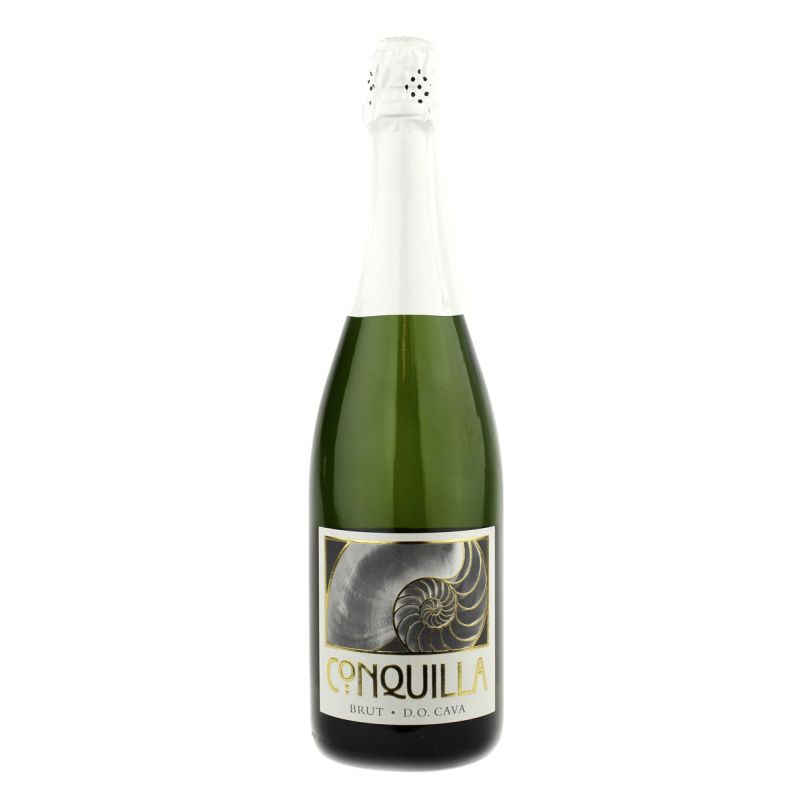
Conquilla Brut is a non-vintage sparkling wine from Spain. It’s a pale gold wine with an emerald hue and fine delicate bubbles.
The wine has a citrusy note with overtones of bay leaves, almonds, and orange. It leaves a velvety residue on the palate and has good acidity.
It’s a combination of 50% Xarel-lo, 25% Parellada, and 25% Macabeu. As all of our sparkling wine recommendations, Conquilla Brut is an excellent aperitif and goes incredibly well with small meals like fish sticks, cheese plates, or creamy sauces.
4. Gruet Brut
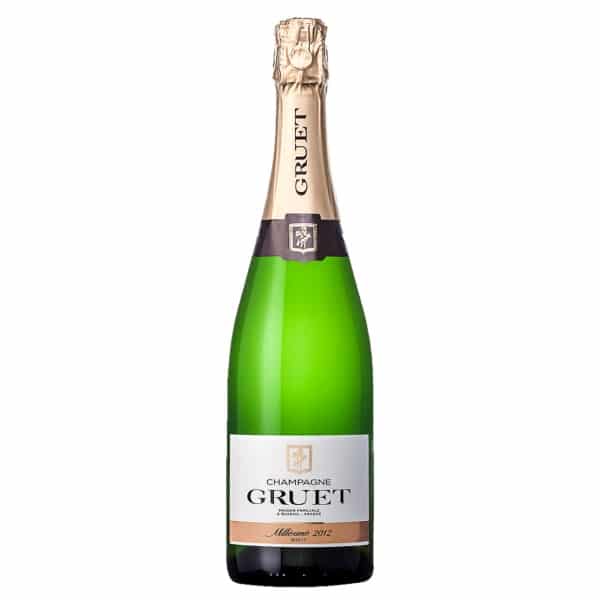
Gruet Brut is a non-vintage sparkling wine from New Mexico. Over the past decade, Gruet Brut has been consistently rated as the top or one of the top sparkling wines coming out of the US.
Gruet Brut offers ultra-fine bubbles. These bubbles are accompanied by hints of green apple, grapefruit, cinnamon, and lime with a toasty and floral finish.
This New Mexican wine is a mixture of 75% Chardonnay and 25% Pinot Noir. Gruet Brut goes well with grilled cheese, pasta, seafood, nuts, mushrooms, eggs, popcorn, or mashed potatoes.
5. Champagne

Champagne is a sparkling white wine made in France’s Champagne region. It’s made from Pinot Noir, Chardonnay, and Pinot Meunier grapes, although it may also contain Pinot Gris or Pinot Blanc.
The texture of a great Champagne is silky. It goes from golden yellow to grayish yellow in the glass, with magnificent bubbles floating to the top.
It features lime, strawberry, cherry, and almond notes, as well as floral undertones of peonies, violets, and white flowers.
Champagne complements a wide range of cuisines and goes well with a variety of dishes, from hearty main courses like beef stew and chicken marsala, seafood like shrimp, and side dishes like french fries, cheese, salads, and nuts.
Pairing Wines Similar to Prosecco With Food: A Basic Guide
When you drink a glass of sparkling wine with food, the meal’s flavor will impact the taste of the wine. Let’s see what happens if you pair sparkling wine with salty, acidic, spicy, savory, or sweet dishes.
Salty
Salt in food will increase the perception of wine body, making it a little heavier on the palate. On the other hand, it’ll decrease the bitterness and acidity in a prosecco substitute.
Acidic
Acidity in food will increase the perception of the body, fruitiness, and sweetness in the wine. Eating meals with high acidity will decrease the acidic taste in wine — that means that if you have a sour meal, you might want to match it with similarly acidic wine.
Bitter
Bitterness in food will increase the bitterness in wine, simple as that. Many people like to avoid the bitter aftertaste of the wine, so if you are one of them, pairing your prosecco substitute with a bitter food may not be the right choice for you.
Heat
By heat, we mean the food’s level of spiciness. Heat in food will increase the wine’s bitterness, acidity, and alcohol burn of the wine.
In a prosecco substitute, it will also decrease the body, sweetness, and fruitiness of the wine. When pairing spicy food, it’s best to pick a sweeter substitute to compensate for the accentuated bitterness and acidity.
Umami (Savory)
Umami-flavored foods will increase the bitterness, acidity, and alcohol burn in wine, but they will also decrease its body, sweetness, and fruitiness. When you eat a dish with a particularly strong umami flavor, it’s a good idea to pair it with something salty because it’ll work better with your prosecco substitute of choice.
Sweet
Finally, we are going to take a look at what sweetness does to wine. Pairing it with a dessert will increase the perception of bitterness, acidity, and the burning sensation of the alcohol in your wine.
What’s more, eating a piece of cake will decrease the fruitiness and sweetness in a prosecco substitute. As a general rule, you can pair desserts with sweet wines.
Conclusion
Our prosecco substitutes are perfect for the holidays or a lovely casual dinner with your family.
The sparkling rose Anna Cava presents the perfect balance of acidity and sweetness, just like Champagne. Michelle will bring citrusy notes to your palate, with a toasty finish. The Spanish Conquilla Brut has a silky citrus taste, while Gruet Brut has notes of green apple with a toasty and floral finish.
When it comes to pairing your wine of choice with food, remember that the flavor profile of your dish can accentuate the qualities of the wine. For instance, salty food will make your wine taste less acidic and bitter, while sugar will increase those qualities.

